The Animal Team at Universal Nutrition has been so busy it's been tough to keep up with the brand's numerous launches. Most recently, we were blown away by the Animal Primal pre-workout, which is easily on this year's must-try list.
But after the recent female-focused Animal Alpha F, it was time the men got some extra attention - something we don't generally have to say about Animal products! In late spring of 2022, we finally got it, especially for men aged 35 and up:
It's TNT+: Comprehensive Men's Supplement
Animal's TNT+ is a comprehensive testosterone-supporting performance and health pak from the crew that brought you the legendary Animal Pak - and it provides an incredibly well-rounded set of benefits for men entering middle-age and beyond:
- Test Booster
- Prostate Support
- Adaptogenic Stress Reduction
- Vitality and Libido Support
- Nitric Oxide & Circulation Amplification
Taking advantage of the pak mentality, this isn't just a supplement with one physiological goal - it has many of them - but they all come together to help men stay long and strong.
We explain the TNT+ ingredients below, but check PricePlow's prices and sign up for our Universal Nutrition news, this team has been keeping everyone busy:
Universal Animal TNT+ – Deals and Price Drop Alerts
Get Price Alerts
No spam, no scams.
Disclosure: PricePlow relies on pricing from stores with which we have a business relationship. We work hard to keep pricing current, but you may find a better offer.
Posts are sponsored in part by the retailers and/or brands listed on this page.
TNT+ Ingredients
In a single 1-pack serving of TNT+ from Animal, you get the following:
-
Test Booster & Virility Support
-
Fenugreek Seed Extract (Testofen) – 600 mg
Fenugreek helps boost testosterone levels by inhibiting two key enzymes: aromatase and 5-alpha reductase (5α-R).[1]
Aromatase converts testosterone to a form of estrogen called estradiol or E2,[2] which is the main form of human estrogen.
5-alpha reductase turns testosterone into dihydrotestosterone (DHT),[1] a testosterone metabolite that, despite having some clear masculinizing effects, remains controversial due to its potentially negative impacts on health.
In other words, fenugreek doesn't increase testosterone production – it helps preserve the testosterone your body is already producing and extend its action.
In a randomized, double-blind, placebo-controlled study from 2011, researchers found that men ages 25 to 52 taking 600 milligrams of fenugreek per day (the exact dose used in TNT+) had significantly higher levels of sexual arousal, energy, and muscular strength.[3]
In 2016, another study with a similar design (the volunteers were aged 18 to 35) concluded that 600 milligrams per day of fenugreek significantly increased subjects' levels of the all-important free testosterone,[4] which is when the hormone is not bound to a carrier molecule and rendered metabolically inert. Whereas the placebo group in this study saw a 48.8% increase in free testosterone during the study period (possibly because of the resistance training program that all the volunteers completed as part of the study) the fenugreek group got a whopping 98.7% increase in free T.
That's more than twice the increase experienced by the placebo group.
-
Tribulus terrestris Extract (whole plant) – 250 mg
Long used in traditional systems of medicine like traditional Chinese medicine (TCM) and Ayurvedic medicine to improve sexual health,[5] the androgenic effects of Tribulus terrestris (TT) have been corroborated by recent scientific research.
For example, one study published in 2000 concluded that TT supplementation upregulated nitric oxide (NO) in rabbits.[6] Because NO triggers vasodilation and improves blood flow to the penis, TT increased the erectile function of the male rabbits.
A similar study from 2003 looked at the effect of TT in rats and found that besides improving erectile function, it also modified their sexual behavior, decreasing both the time they took to mount females and the time they rested between copulations.[7] The rats who took TT had higher body weight compared to control rats,[7] which is a strong indication of higher androgenic activity (i.e., higher levels of testosterone).[7]
Another rat study from 2012 found that TT was able to restore normal sexual function in animals who were "sexually sluggish," partly by increasing their testosterone levels.[8]
A 2008 study done in primates actually measured monkeys' levels of testosterone directly and found that TT supplementation increased testosterone levels by a whopping 52%.[9] The researchers also calculated that DHT and DHEA were also increased, by 31% and 29% respectively.[9]
Although studies on TT in human subjects are lacking, the impressive results we've seen from animal studies shouldn't be taken lightly. Primates, in particular, are very close to human beings with regards to their biology (indeed, we human beings are technically primates). So we'd put a lot of stock in the results of those studies.
-
Epimedium spp. Powder (leaf) – 250 mg
Horny goat weed (HGW) is the colloquial name for a handful of herbs in the Epimedium genus.[10] The designation "spp." in the binomial nomenclature is an abbreviation for the Latin species pluralis, meaning "multiple species."
This might seem confusing, or even potentially unreliable. But remember that plants within any given genus are very closely related to each other and can usually be expected to have similar effects on human biology, as is the case with Epimedium plants.
The Epimedium plants have been used for centuries in traditional Chinese medicine to treat poor sexual function[11] because of their supposed ability to increase libido, improve arousal, and potentially even alter the hormonal status of people who take them.
Modern scientific research has borne out these claims in identifying a flavonoid named icariin as the primary bioactive constituent of HGW. Icariin is a phosphodiesterase-5 (PDE-5) inhibitor, a class of vasodilating drugs that specifically improve circulation in fine blood vessels like those surrounding penile tissue.[12-15]
Icariin also increases blood levels of endothelial nitric oxide synthase (eNOS),[16,17] an enzyme that produces nitric oxide (NO). Because elevated NO is the main trigger of erections in men,[18] increasing NO production can improve sexual function.
In rats, icariin has been observed to increase testosterone production while also mimicking the action of testosterone, and protecting the gonads and penile tissue from being damaged by toxic chemicals.[19]
-
Eurycoma longifolia Jack Extract (root) – 150 mg
Also known as longjack, Eurycoma longifolia is native to Southeast Asia. It has a long history of use in that region[20] where it's been recognized as an aphrodisiac[21] capable of restoring sexual function in those with flagging libido or impaired arousal.
One study measured cortisol also measured salivary testosterone in stressed individuals. Testosterone went up significantly in longjack users - 37%! (32 men, 31 women).[22]
As is often the case, modern scientific research has created evidentiary support for the traditional folk wisdom. In a 2012 randomized, double-blind, placebo-controlled study, researchers found that 12 weeks of daily supplementation with 300 milligrams of longjack improved self-assessed libido and sperm motility.[23] Sperm motility increased by 44% in the supplementation group, which is an impressive effect size for any nutritional supplement.
Although some research indicates that longjack may increase testosterone blood levels,[24] a 2017 meta-analysis of the literature on the supplement concluded that its hormonal effects are currently inconclusive.[25]
However, these results are largely due to the relatively small body of research on longjack's effects in humans. The meta-analysis only identified 11 relevant studies, which isn't very many at all.
The bottom line is more research needs to be done, especially because much of the early results on longjack have shown promising results.
-
-
Prostate Support
-
Stinging Nettle (Urtica dioica) (root) – 200 mg
The flowering plant stinging nettle has powerful anti-inflammatory effects and a long history of use in folk medicine.[26]
Men get Animal TNT+, women get Animal Alpha F
Among other things, stinging nettle also inhibits 5-alpha-reductase, the enzyme that converts testosterone to dihydrotestosterone (DHT).[27] This has the effect of keeping testosterone levels high while also decreasing some of the unwanted effects of DHT, such as prostate enlargement[27,28] and male pattern baldness.[29]
Certain lignans (a type of polyphenol) that occur naturally in stinging nettle have been shown to prevent sex hormone-binding globulin (SHBG) from binding to testosterone,[30-32] thereby increasing levels of free testosterone, meaning testosterone that is not chemically bound to another molecule.
Because testosterone that's bound to SHBG is basically inert and doesn't have much of an androgenic effect, raising free T should actually be the main goal of anyone who's trying to raise testosterone levels.
The incredible-looking Stinging Nettle (Urtica Dioica) plant with even more incredible effects. Image courtesy Wikimedia
Controlling SHBG activity is important because although it can bind to estrogen as well, it has a much higher affinity for testosterone.[33,34]
A specific example of these lignan would be 3,4-divanillyltetrahydrofuran, whose affinity for SHBG has been described by the author of one study. as "astoundingly high."[31] Discussing their 1997 study that set out to measure the affinity of various stinging nettle constituents for SHBG, the same researchers go on to say that "3,4-Divanillyltetrahydrofuran was able to prevent completely 3H-DHT from binding to SHBG under these testing conditions."[31]
-
Saw Palmetto Berry Powder (fruit) – 160 mg
Serenoa repens, colloquially known as saw palmetto, is a shrub-like palm tree that grows in the southern United States.
Multiple peer-reviewed studies have concluded that various preparations of saw palmetto can improve prostate health, urinary problems, testosterone production, chronic inflammation, and possibly even male pattern baldness.[35-37]
Discussed below, saw palmetto has enough evidence across multiple studies showing improved symptoms of BPH, and that's what was known in 1998.[38]
Saw palmetto's bona fides aren't exactly new to supplement science: a meta-analysis of 18 randomized, double-blind, placebo-controlled studies concluded, all the way back in 1998, found that saw palmetto supplements can significantly increase urinary flow while reducing the frequency of nocturia, a fancy word for waking up in the middle of the night to urinate.[38]
The primary mechanism of action for saw palmetto's effects on the urinary tract is its ability to reduce prostate enlargement. The same 1998 meta-analysis also found that compared to finasteride, a blockbuster pharmaceutical drug often prescribed for benign prostate hyperplasia (BPH), saw palmetto was actually better at improving urinary function and came with fewer undesirable side effects.[38]
A 2001 study found that saw palmetto could even improve symptoms in men with urinary tract infections.[36]
-
Lycopene – 10 mg
The carotenoid lycopene has long been an industry go-to for prostate health. This powerful antioxidant, which occurs naturally in foods like carrots, tomatoes, watermelons, and grapefruits, contributes to their reddish coloration[39] and comes with a multitude of health benefits.
For example, lycopene is one of the reasons that eating lots of tomatoes is statistically associated with a lower incidence of cancer, specifically prostate cancer.[39,40] A 2010 research review of 12 different peer-reviewed studies on the carotenoid found that lycopene intake and prostate specific antigen (PSA) blood levels are inversely correlated,[39] which is a pretty big deal since PSA levels are used to assess an individual's prostate cancer risk (lower PSA is better).[41]
-
-
Adaptogen & Stress Support
-
Ashwagandha Extract (leaf and/or root) – 300 mg
Ashwagandha is one of the heavy hitters in a category of ingredients called adaptogens, which are defined by their ability to normalize the stress response in those who take them. That is, if your stress response is too active, ashwagandha will dampen it – but at the same time, if your stress response is underactive (a surprisingly common problem), ashwagandha will intensify it, bringing you back up to baseline.
Of course, most of us have too much stress and higher than normal cortisol levels, so that's what we'll focus on in our discussion.
Fortunately for us overworked, strung-out moderns, the latest scientific evidence shows that ashwagandha can be an incredibly powerful tool for managing stress—both physical and mental.[42-45]Ashwagandha helps us cope primarily by regulating the hypothalamic-pituitary axis (HPA),[42] the metabolic pathway where stress hormones are produced.[42] Because of its effects on the HPA, ashwagandha can decrease cortisol levels when they're too high.[42]
This is a big deal for male hormonal health because the actions of cortisol and testosterone are directly opposed to each other, so much so that injecting healthy humans with cortisol immediately produces a drop in their testosterone levels.[46]
So by lowering cortisol levels through ashwagandha supplementation, men can potentially reverse the drop in their testosterone production that's induced by chronic stress.[42]
Stress is a big testosterone killer for a number of reasons, so it's worth mentioning that ashwagandha's anti-stress effects are well attested to in the research literature. Randomized, double-blind, placebo-controlled studies that attempt to measure people's self-reported feelings of stress have consistently found that those who take ashwagandha report lower levels of stress and a higher sense of well-being than those who don't.[43-45]
Animal's latest full-spectrum pre-workout is here: Animal Primal, and it has the new 3DPUMP Breakthrough!
Since cortisol overproduction and HPA dysregulation are risk factors for obesity,[47] ashwagandha can help you stay in shape – especially as you age and become more vulnerable to the physiological effects of stress.
Of course, obesity is also associated with low testosterone,[48] so anything that helps keep the pounds off can also help you maintain sexual and hormonal health into middle age and beyond.
-
Maca Root Extract – 200 mg
Maca isn't technically a testosterone booster, but can have testosterone-like effects owing to its powerful antioxidant and energy-boosting properties, which come with downstream benefits for libido and fertility.
The potential benefits of maca supplementation in men include:
- Higher libido[49,50]
- Better prostate health[51]
- Higher sperm count/improved fertility[52,53]
- Improved cognition[54,55]
In one particularly interesting study, scientists gave maca powder to rats and then put them through a sequence of tests designed to measure the animals' athletic ability. Compared to those who got a placebo, rats given maca took longer to wear out and had fewer indicators of oxidative stress.[56] Moreover, their levels of lactic acid were lower than those of the placebo group, which is important because lactic acid accumulation in muscle tissue is the primary cause of exercise-induced muscular fatigue.[56]
One potential explanation for these endurance–boosting effects of maca is its positive impact on mitochondrial health,[57] which is crucial since the mitochondria are responsible for producing the cellular energy that our bodies consume while performing every single task we demand of them.
-
Panax notoginseng Extract (root), Astragalus membranaceus Extract (root) (AstraGin) -- 25 mg
AstraGin is the ingredient that increases the effectiveness of all your other ingredients by increasing their bioavailability.
The astragalosides and ginsenosides in this extract increase adenosine triphosphate (ATP) availability in the intestinal cells, which helps them do more work and ultimately absorb more of whatever's passing through your intestines.[49,50]
In other words, AstraGin helps you, the consumer, get the most bang for your buck. It works to ensure that the supplements you buy with your hard-earned money end up in your bloodstream where they belong, instead of being uselessly eliminated in your urine.
AstraGin is pretty well researched, and over 20 published studies have attested to its ability to increase the absorption of amino acids, vitamins, and other nutrients.[52-55,58,59]
-
-
Nitric Oxide & Circulation Support
-
Inositol-Stabilized Arginine Silicate (as Nitrosigine) -- 750 mg
Nitrosigine is a trademarked complex of arginine, inositol, and potassium silicate.[51] This combination is often abbreviated with the acronym ASI.
Nitrosigine was developed to solve a very specific problem: although the amino acid arginine had been used for decades by the supplement industry to boost nitric oxide (NO) production, arginine bioavailability was poor, which necessitated huge doses for clinical efficacy and eventually led to the use of replacement ingredients like citrulline.
Then Nutrition 21 had an idea. They increased the bioavailability of arginine by buffering it with inositol and potassium silicate. When they're bound to arginine, these molecules protect the amino acid by inhibiting the action of arginase, an enzyme that's responsible for breaking down arginine in the stomach.[57] It's known as the first pass effect and is the main reason why most of the pure arginine we ingest degrades before it's absorbed into our bloodstream where it increases NO production.
Because it spares arginine from the first pass effect, ASI bioavailability is much higher compared to pure arginine.[56] Moreover, the chemical combination of these three ingredients outperforms the equivalent individual dose.[56]
Nitrosigine/ASI acts fast and lasts for a long time, taking effect as soon as 30 minutes after ingestion and, thereupon, boosting NO production for as long as 90 minutes to 6 hours.[60,61]
We've already talked about the benefits of higher NO levels for sexual function, but the vasodilation caused by NO affects the entire cardiovascular system and comes with advantages for pretty much every major system in the body.
Documented benefits of NO upregulation via Nitrosigine/ASI include averting the temporary cognitive decline that typically follows intense workouts,[62] speeding up task switching,[63] and increasing energy levels.[60]
And of course, the increased blood flow caused by NO means that oxygen and nutrients are delivered to cells more efficiently, which can lead to better athletic performance[64,65] and faster recovery following exercise.[65,66]
Although NO boosters are awesome in general, Nitrosigine is pretty special and there's a lot to say about it. If you're interested in learning more, see our article, "Nitrosigine: The Nitric Oxide Booster That Enhances Brain Function".
-
Grape Seed Extract – 100 mg
Grape Seed Extract (GSE) is another potent nitric oxide (NO) booster. With high levels of proanthocyanidins, GSE is able to increase endothelial nitric oxide synthase (eNOS) expression, an enzyme responsible for producing nitric oxide.[67]
A 2016 meta-analysis of GSE research concluded that it can significantly reduce blood pressure and increase circulation,[68] which, as we discussed in the Nitrosigine section, can help boost athletic performance and recovery. Other potential benefits of GSE include improved cognition, reduced inflammation, lower blood glucose, and enhanced organ function.[69-72]
-
Dosage and Instructions
Like most other Animal "Pak" products, take one pack a day! Given the Nitrosigine inside, we suggest trying to take it pre-workout on training days to get the nitric oxide boost.
Be TNT with TNT+
With the recent Alpha F release, the Animal team at Universal Nutrition was due to give the men an equally powerful hormonal support supplement. TNT+ is geared to give you a power load so that you can explode in the gym.
Natural testosterone boosters and the like require a lot of space and capsules, but the ingredients inside generally don't taste the best. For decades, Animal Pak users have been conditioned for this, with plenty of capsules and tablets inside of those legendary paks. So with TNT+, it's easy.
The added benefit of paks is that Animal can throw in some extra stuff that plain old test boosters don't have room for, like a capsule of Nitrosigine to add some extra pump and blood flow to the game. That allows this to double as a stim-free pre-workout supplement, or one that will stack incredibly well with the new Animal Primal.
If looking for a well-rounded men's supplement to add into Animal Pak and the rest of your daily regimen, TNT+ makes the choice easy. Dare we say... it's dynamite.
Universal Animal TNT+ – Deals and Price Drop Alerts
Get Price Alerts
No spam, no scams.
Disclosure: PricePlow relies on pricing from stores with which we have a business relationship. We work hard to keep pricing current, but you may find a better offer.
Posts are sponsored in part by the retailers and/or brands listed on this page.
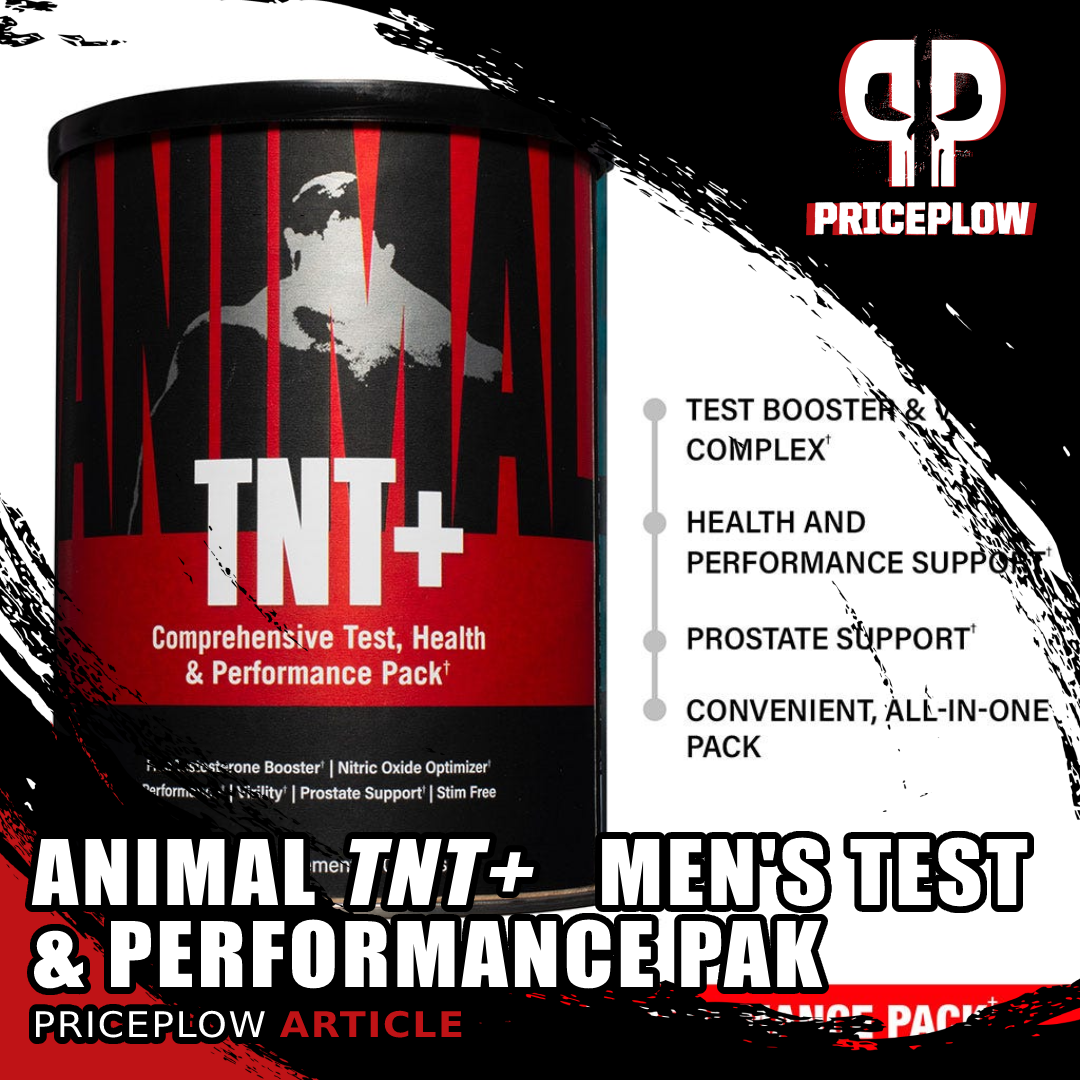

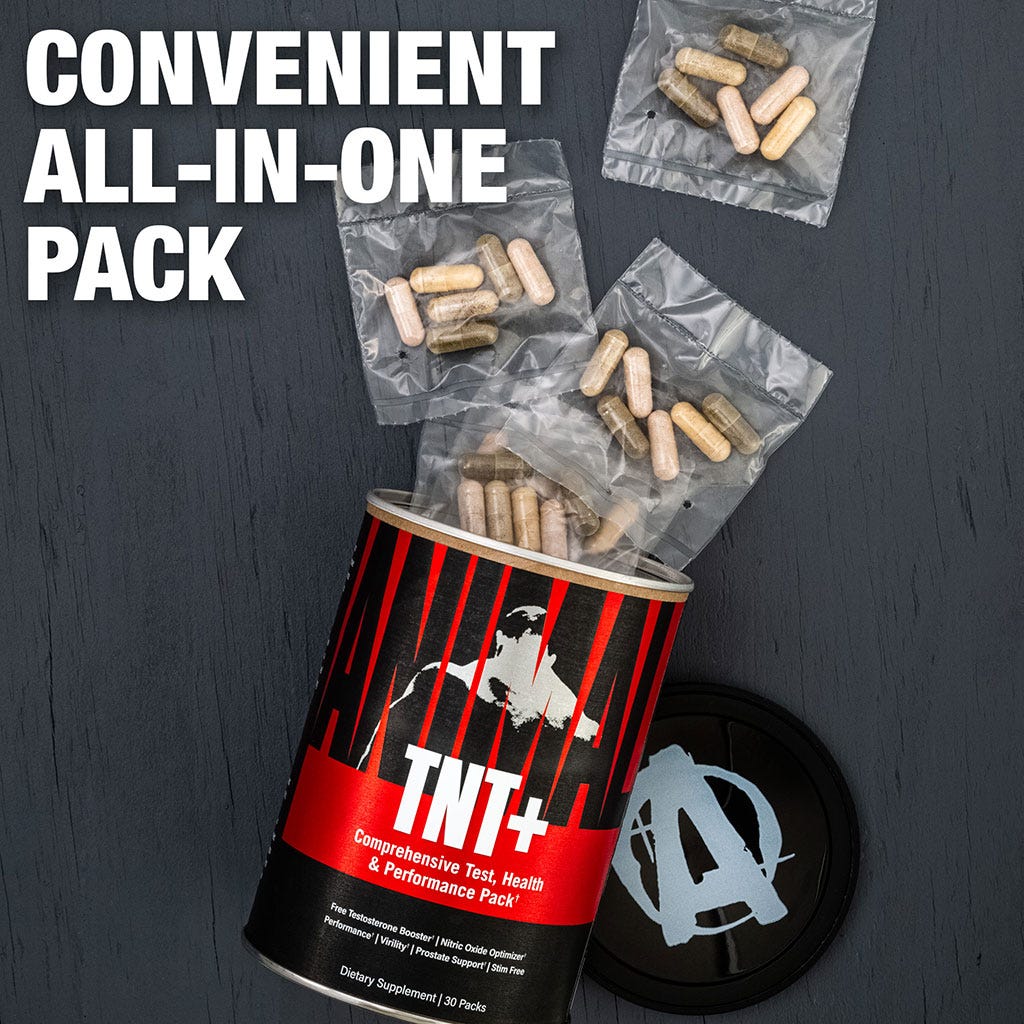

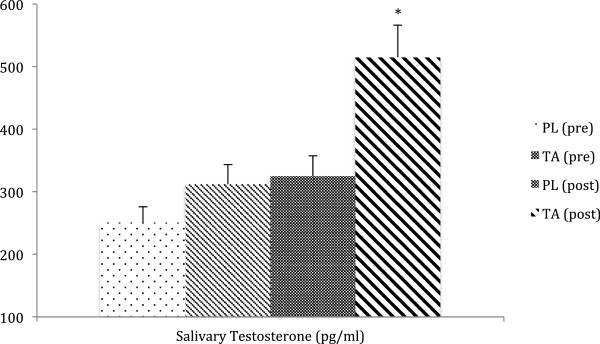
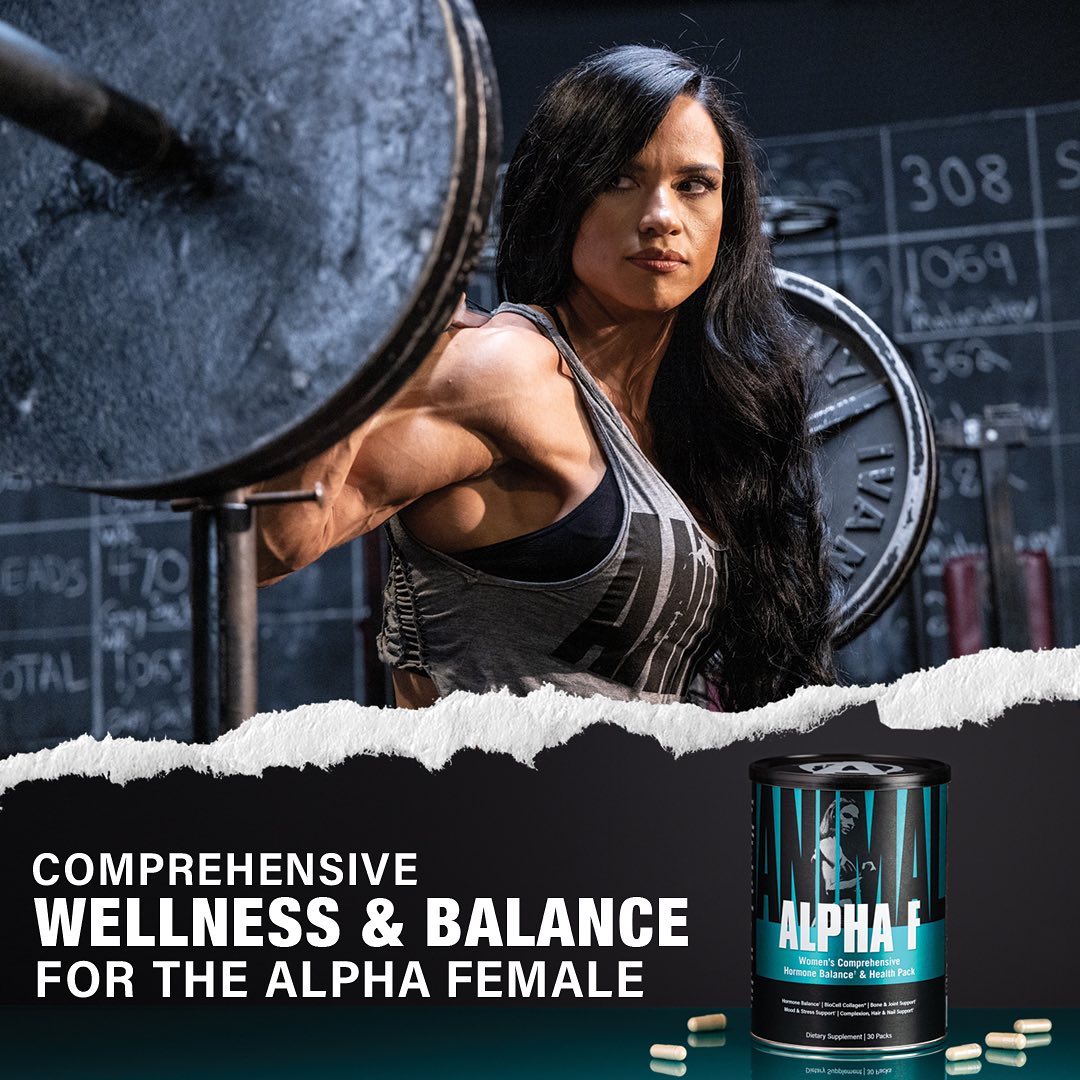
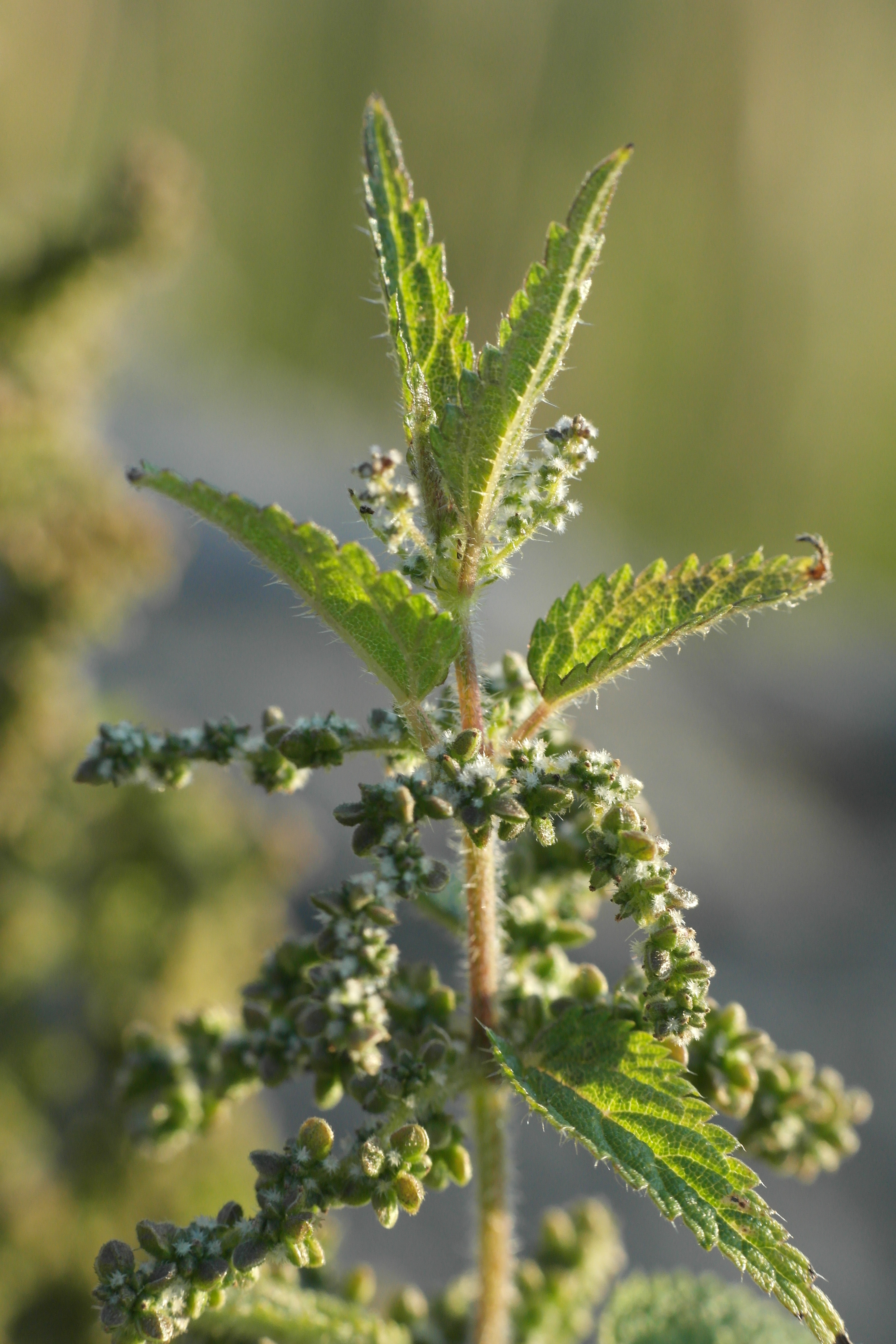
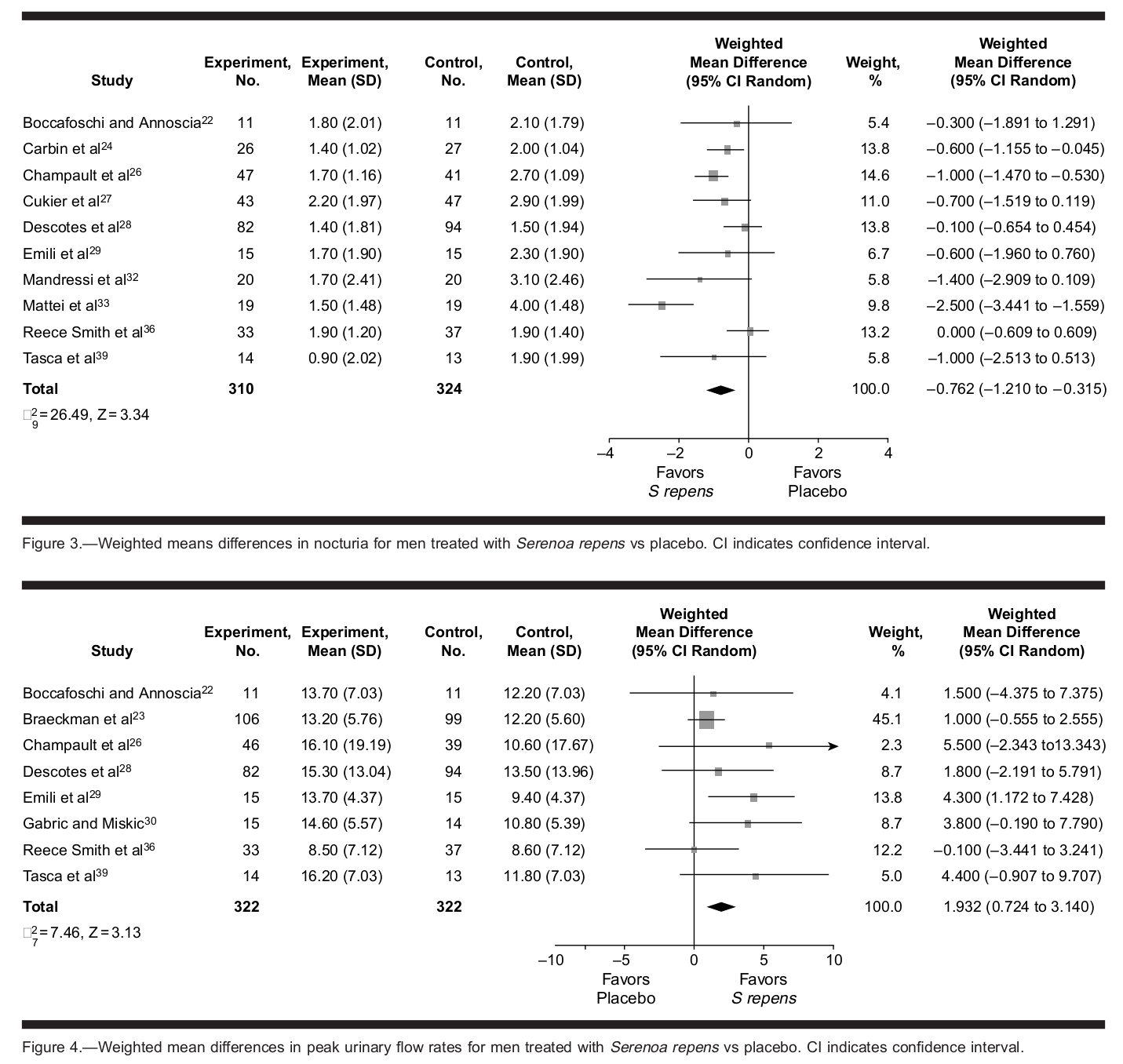



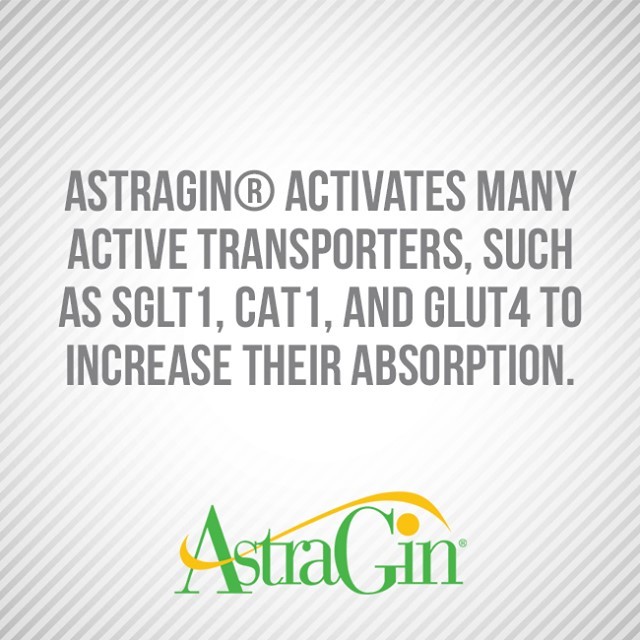

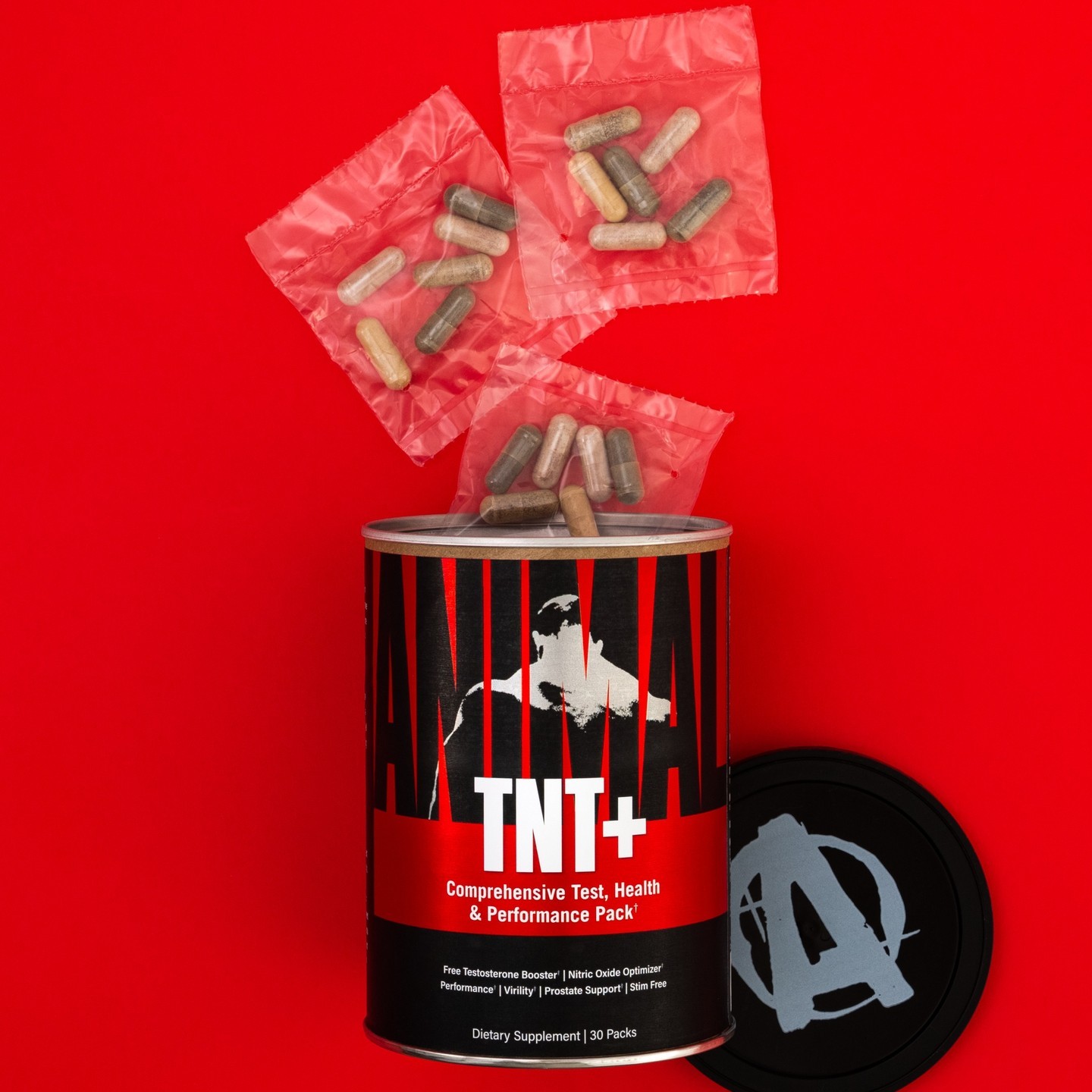
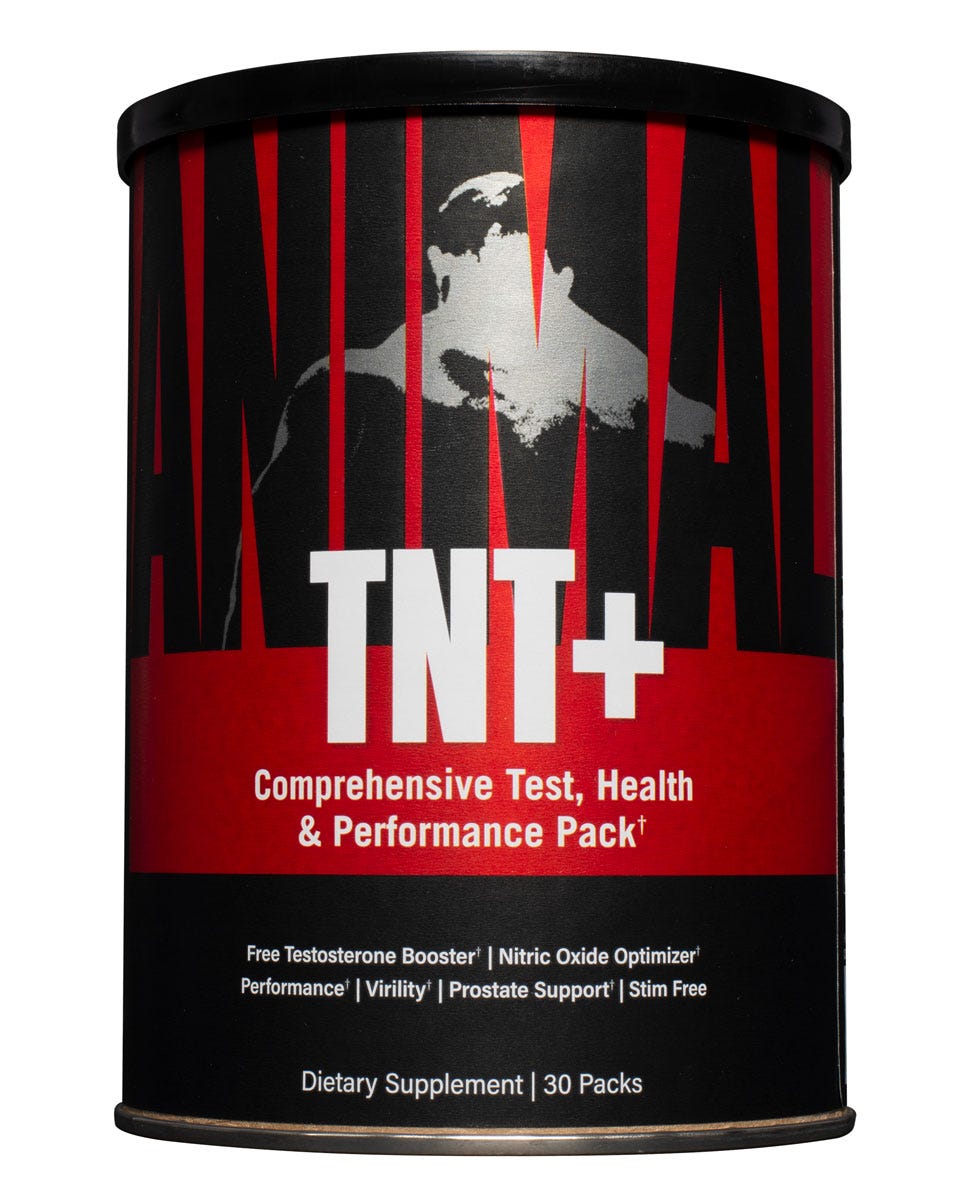


Comments and Discussion (Powered by the PricePlow Forum)